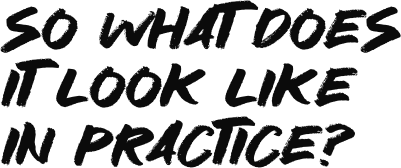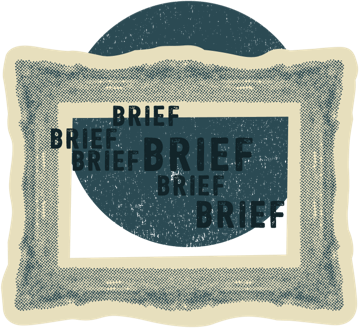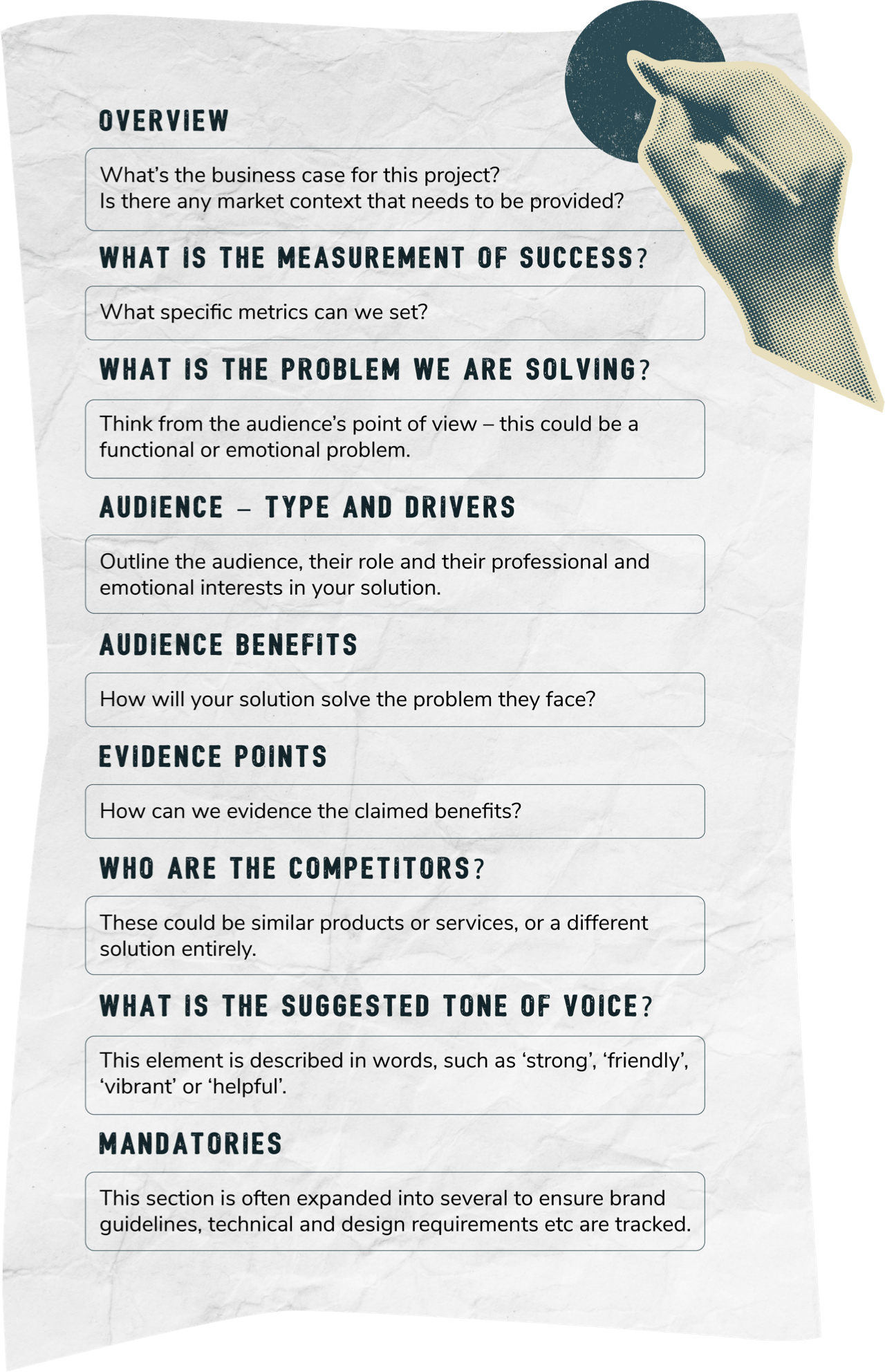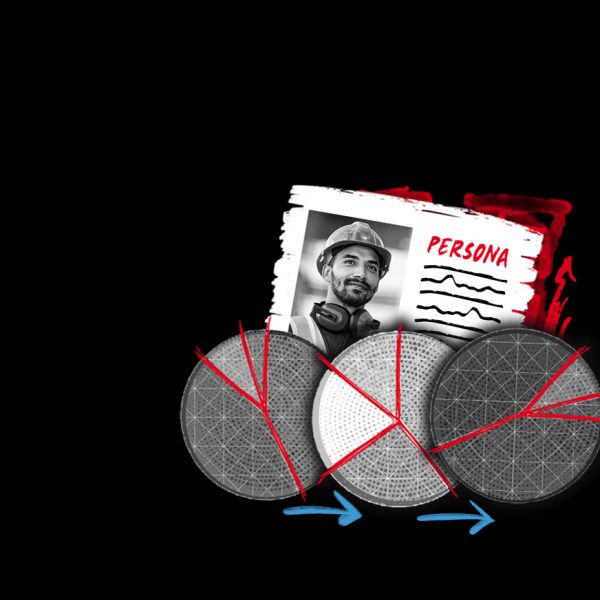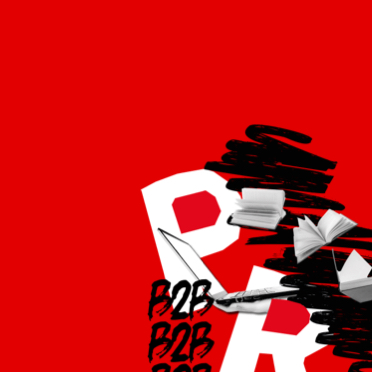There’s a snobbery around agency briefing; a mystique around the secrets of how to do it “properly”.
Like the bloke at the gym who definitely knows more than anyone else about the free weights; in his mind only he has reached the elite upper echelons of his chosen speciality. The rest are all just hapless try-hards.
It’s unnecessary snobbery that serves only to strengthen the mythic powers of the marketing industry’s grand poohbahs. People who would rather treat it as occult information passed down from Draper to Draper in smoky boardrooms, sniggering at the uninitiated amidst a fug of cigar smoke.
Of course, that’s not to diminish the importance of a strong brief. There’s no way around the fact that a crap one is as a close a guarantee as you can get to a shit campaign being produced. And there is of course a lot of work and nous that then goes into interpreting it in the agency.
But in truth there are no big secrets in how to brief effectively, no (as far as we know, anyway) weird handshakes to signify you’re in the “l88 briefers’ cabal”. The key is simple common sense – making sure the logic behind why you’re looking to spend money is understood by the agency as clearly as possible.

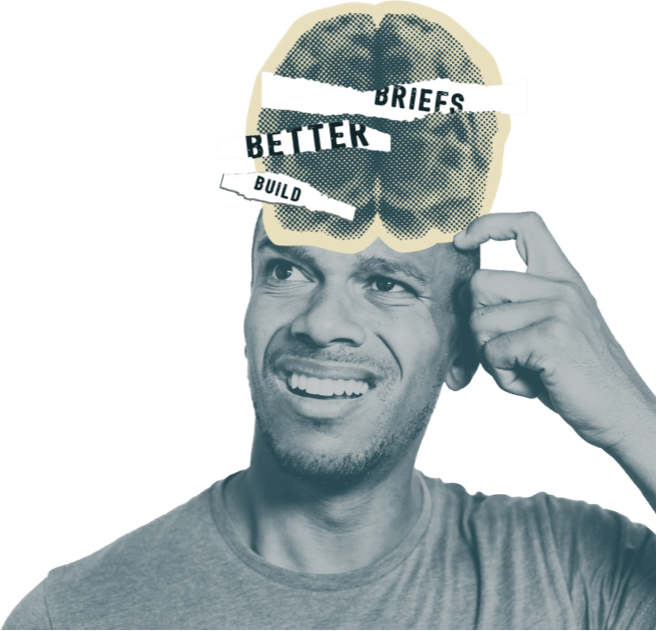
1. Frame the brief within the problem you’re looking to solve.
What frustrations in your customers’ life are we addressing? Everything else should cascade down from that premise, and will be a lot easier to write once you’ve clearly diagnosed the challenge first.
2. Be single minded.
The best briefs can be summed up in one line; if you can’t do this then think carefully about whether you’ve got it mastered. Too often people try to solve multiple problems in one brief, when this just dilutes any chance of being effective…try throwing 10 tennis balls at someone and see how many they catch.

3. Speak from your audience’s point of view, first person.
What issues are they currently experiencing? How do they feel? How will they feel once they see your new solution? The best communications evoke a strong level of empathy, and looking at things from their shoes is a great way to help this.
4. Keep it brief. That’s what it’s called after all.
When you’re relaying information, simplicity is key if you want the core points to be clearly understood and acted upon. Yes, reference material and paragraphs of explanatory text can sometimes be critical, but park them in an addendum or attachment – they shouldn’t be distracting from the central purpose of the brief.

5. Talk it through – the first iteration of the brief doesn’t have to be the definitive one.
In fact it rarely is. Discussing thoughts and bouncing around ideas can throw up different perspectives, which it’s best to incorporate early on. It can be really productive to involve your agency at this early stage – it’s going to help cement their knowledge of what you want to achieve, and if they’re worth their salt they’ll be able to help shape how it should be briefed.
